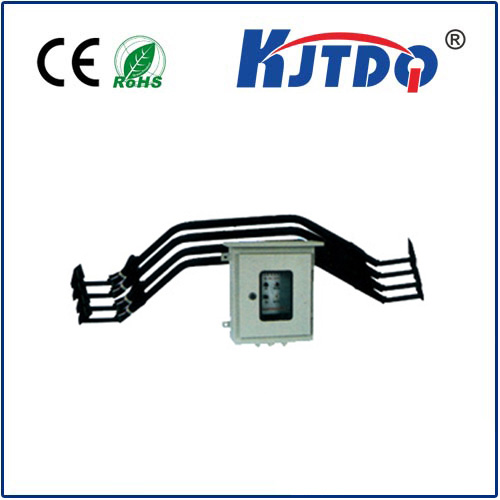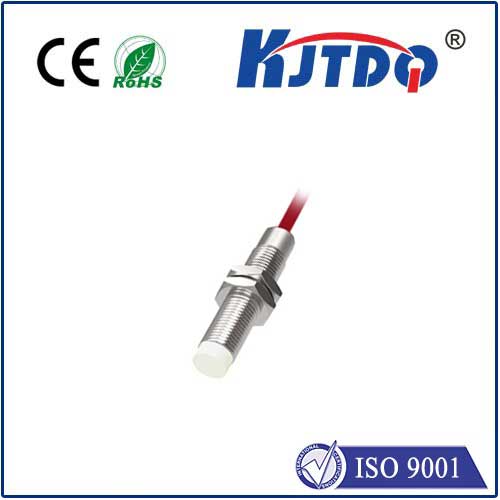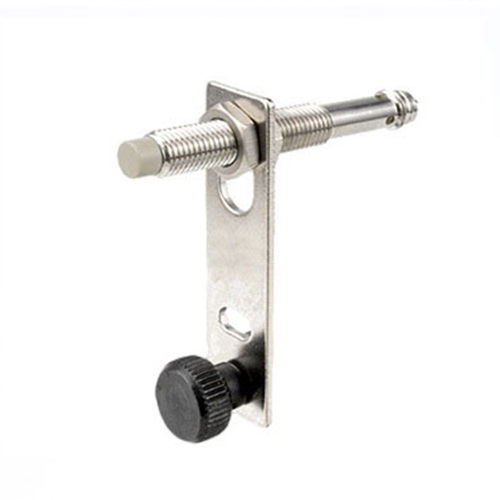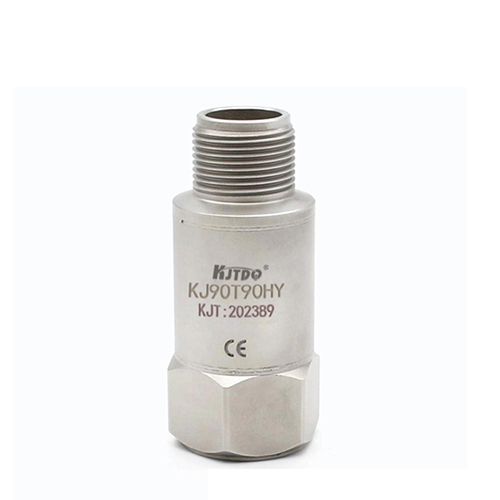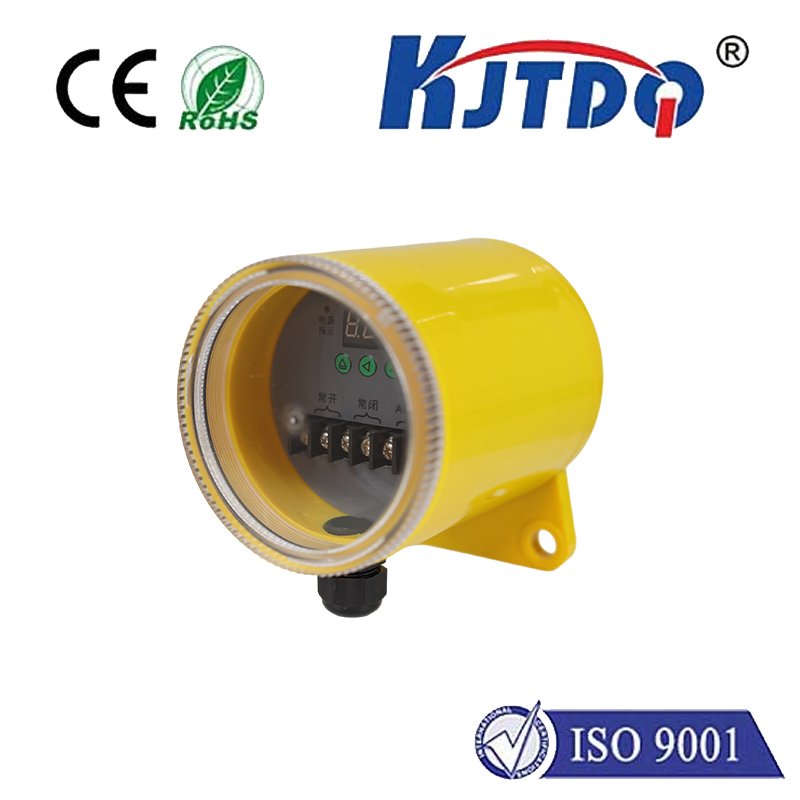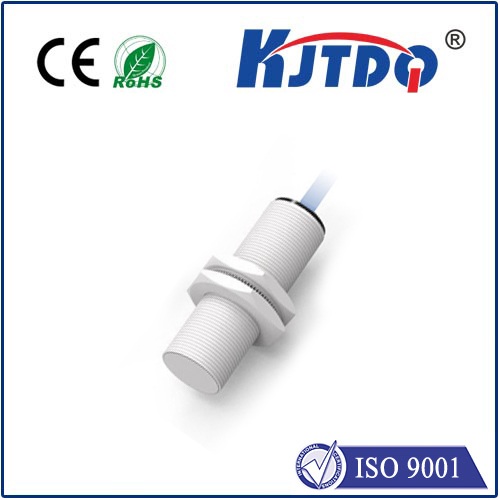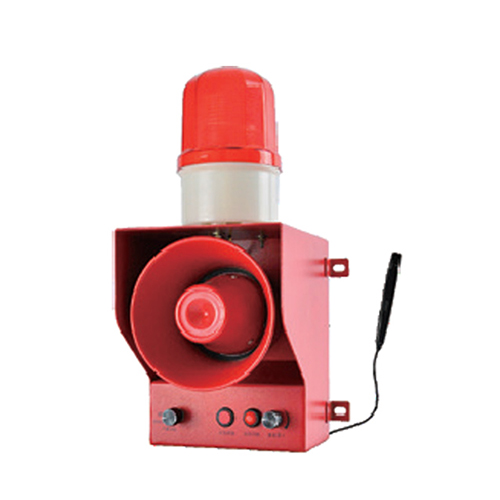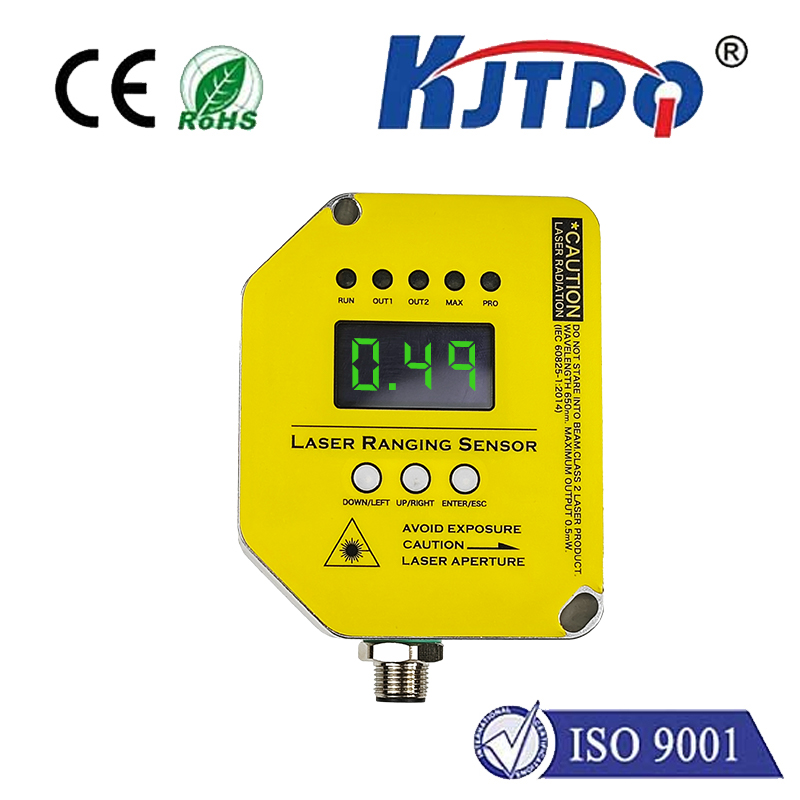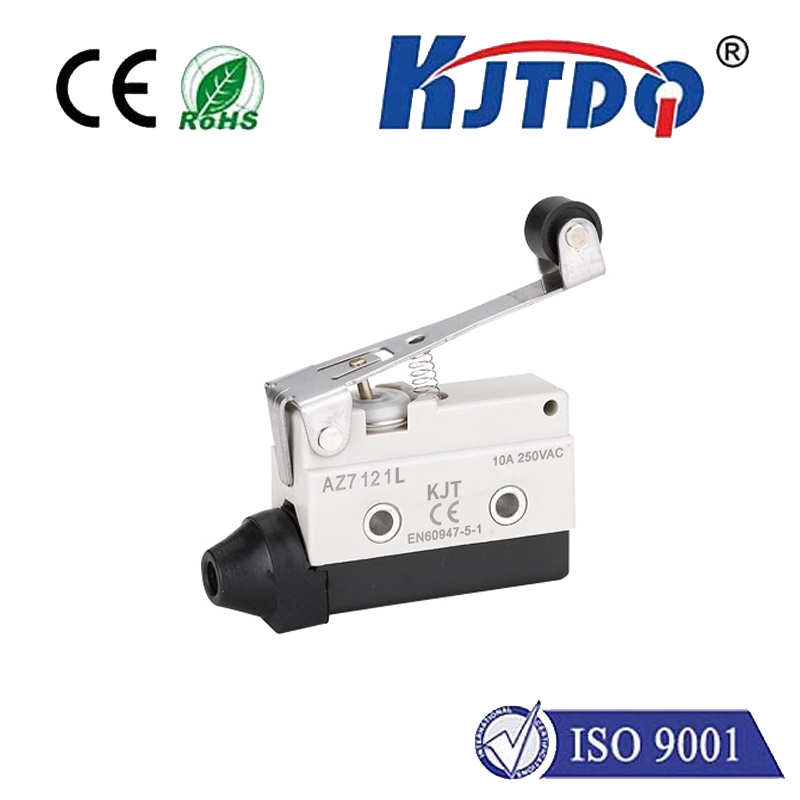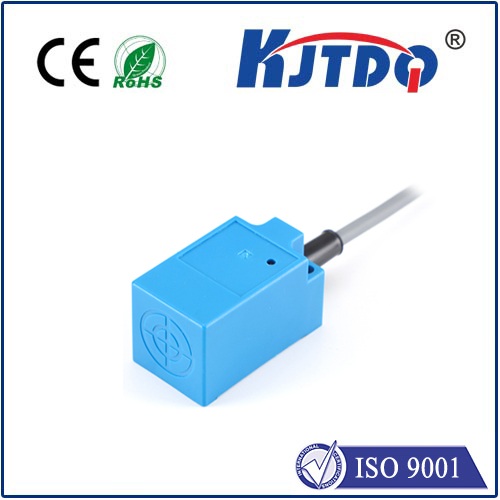Датчик приближения 4 20ma
- time:2025-01-22 00:24:17
- Нажмите:0

Title: Unveiling the Analog Proximity Sensor 4-20mA: A Comprehensive Guide
Introduction:
In the dynamic world of industrial automation, precise and reliable distance measurement is paramount. Enter the analog proximity sensor, a versatile component that has revolutionized the way we monitor and control processes. Among these sensors, the 4-20mA variant stands out due to its exceptional accuracy and robust signal transmission properties. In this article, we delve into the intricacies of the analog proximity sensor with a focus on the 4-20mA output, exploring its features, applications, and benefits.
Understanding the Analog Proximity Sensor:
An analog proximity sensor is an electronic device used to detect the presence or absence of objects without physical contact. Unlike digital sensors that provide binary outputs (on/off), analog sensors produce continuous signals proportional to the distance between the sensor and the target object. This allows for more nuanced and precise measurements, which are critical in applications where exact positioning is required.
The Role of 4-20mA Output:
The 4-20mA output represents a widely accepted standard in the process control industry. It refers to the electrical signal range that the sensor uses to convey information back to a control system or data acquisition module. The ‘4mA’ value signifies the minimum end of the scale, often representing the zero point or no detection, while ‘20mA’ denotes the maximum end of the scale, corresponding to the maximum detectable distance. This two-wire current loop system is advantageous because it minimizes signal degradation over long distances and is less susceptible to electrical noise interference compared to voltage-based signaling.
Key Features & Advantages:
- Robust Signal Transmission: The 4-20mA signal is highly resistant to electromagnetic interference (EMI), making it ideal for use in industrial environments where other types of signals might be disrupted.
- Scalability & Compatibility: Being a universally recognized standard, these sensors can easily integrate with most existing control systems and instrumentation, facilitating seamless upgrades or expansions.
- Long Distance Measurement: With capabilities to measure up to several hundred millimeters, they are suitable for a wide array of applications requiring non-contact distance sensing.
- Durability & Reliability: Built to withstand harsh conditions such as high temperatures, vibrations, and dust, ensuring consistent performance even in challenging operational scenarios.
Applications Across Industries:
The versatility of analog proximity sensors with 4-20mA output makes them indispensable across various sectors. In manufacturing, they are employed for level detection in silos, monitoring piston stroke positions in presses, or tracking product dimensions on conveyors. In the automotive industry, they assist in maintaining precise clearances during assembly processes. Environmental monitoring systems also benefit from their accurate distance sensing capabilities for tasks like liquid level measurement or object detection in hazardous areas.
Conclusion:
The analog proximity sensor with a 4-20mA output is a cornerstone technology in modern automation, offering unparalleled precision and reliability in distance measurement. Its ability to transmit strong, stable signals over extended distances, coupled with its compatibility with existing systems, underscores its value across numerous industries. As technology advances, these sensors will continue to play a pivotal role in driving efficiency, safety, and innovation within industrial processes worldwide.

